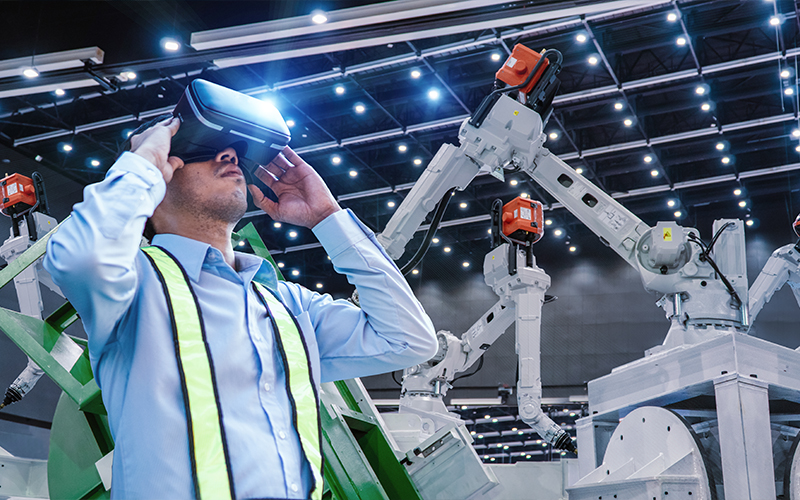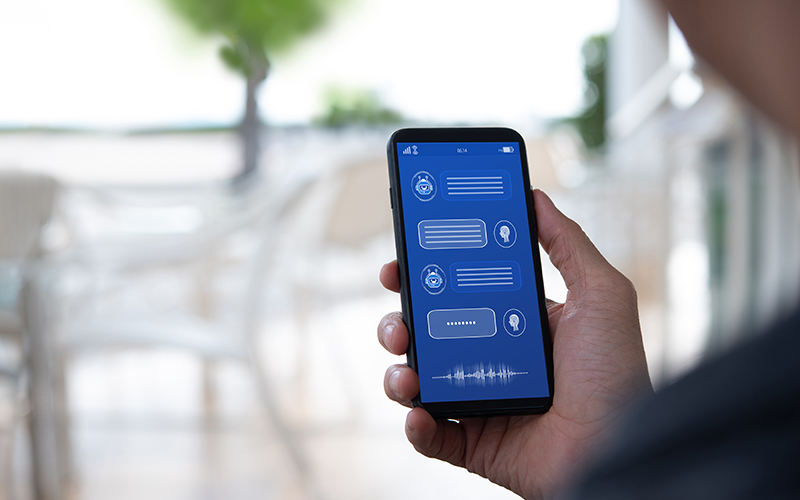Business Transformation
AI driving data-backed ad campaigns
Advertising is no longer only about photographs and videos of real people doing real things. Technology has given the advertising industry sophisticated digital tools that can produce synthetic ads — ads that are synthesised from data. The secret behind this is AI and generative adversarial networks (GANs). These powerful tools can easily create an unreal, but very convincing, version of reality.
Artificial Intelligence (AI) is fast changing the advertising landscape, and customers now interact with brands in many ways, thanks to influencer marketing and technical innovations such as AI. It’s natural that advertisers are constantly looking for ways to create better and more impactful campaigns. And with AI, human imagination is the only limit. AI is making such a huge impact that global spending on AI is expected to grow from USD 50 billion in 2020, to over USD 110 billion in 2024.
Most organisations these days collect and store large amounts of data, and with the assistance of AI, advertisers optimise this data to create powerful and competitive campaigns. By leveraging AI, advertisers can create personalised ads, choose the right influencers for a brand, generate insightful content, and ensure that the right audience is targeted. By including data location, audiences can be targeted with content relevant to their location too. The existing Covid-19 situation makes it even more important for advertisers to be aware of audience preferences and needs.
The technology driving most of the large-scale customisation campaigns is generative AI.
What is generative AI?
Generative AI is an advanced form of AI that offers limitless possibilities. It rides on the capability of AI-powered machines to crunch existing data in the form of text, audio files and images to create new content. It is driven by algorithms that can identify the underlying pattern of an input and generate similar outputs. In other words, it can not only recognise but also create data sets. As a result, machines can now process more data and create new content faster than ever, enhancing productivity and agility for growth-focused organisations.*
Applying generative AI in marketing
Text generation:
Enter enough keywords and let AI generate product descriptions, unique ad lines and subject lines for outreach marketing campaigns. In an interesting experiment, Facebook used a short prompt and 300,000 existing texts to successfully generate an AI-powered multi-stage story.Image generation:
AI-generated images for commercial use are already being used in the advertising industry. They can also be easily customised using AI tools. This also helps advertisers to avoid infringing on any copyright laws.Video script generation:
Creating feature-length movies are still outside the realm of AI, but projects such as a customer training program can be easily created using generative AI, by inputting enough data.Deepfakes:
Generative AI can synthesise personalised videos that can be used for training and promotional purposes. Customers can be addressed by their name in their native language, if desired.Chatbot dialogues:
Chatbots are usually very limited in their conversational skills. However, generative AI can tap into external databases, helping many chatbots to hold effective conversations. If needed, some of them can even escalate queries to human agents.
Benefits of generative AI
High quality content:
Given that the processes are all driven by real data, the chances of creating more engaging content is very high. Existing content can be polished as well.Time and money saved:
Generative AI can create realistic images and generate thousands of versions of a copy incorporating datasets and SEO, all of which if done manually require a lot of resources in terms of time, money, and manpower.Optimisation and personalisation:
Both these are in high demand today and very possible with generative AI. Algorithms can be developed to track and interpret consumer data through many channels and, obviously, with better results. Personalised ads allow organisations to connect better with customers and, in fact, 80% of US customers would willingly trade some personal information to get a more personalised approach from retailers.
Clearly, AI is transforming businesses through many processes. It is making significant inroads in healthcare and defence sectors too. As the powers of AI improve, its applications will increase at breakneck speeds. Regulators must now rise to the occasion and strengthen regulations and penalties to prevent overstepping of limits.
* For organizations on the digital transformation journey, agility is key in responding to a rapidly changing technology and business landscape. Now more than ever, it is crucial to deliver and exceed on organizational expectations with a robust digital mindset backed by innovation. Enabling businesses to sense, learn, respond, and evolve like a living organism, will be imperative for business excellence going forward. A comprehensive, yet modular suite of services is doing exactly that. Equipping organizations with intuitive decision-making automatically at scale, actionable insights based on real-time solutions, anytime/anywhere experience, and in-depth data visibility across functions leading to hyper-productivity, Live Enterprise is building connected organizations that are innovating collaboratively for the future.






